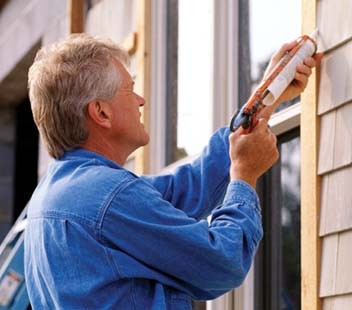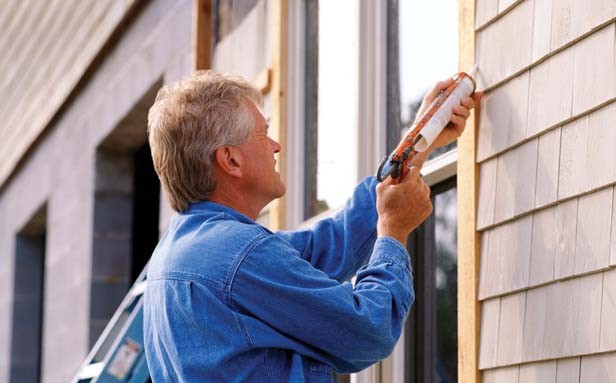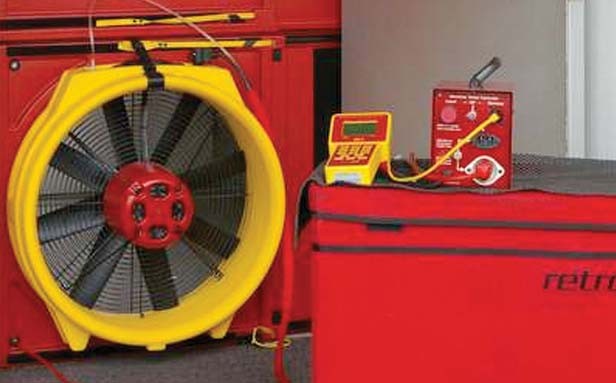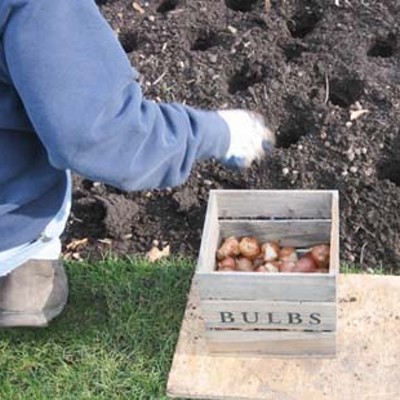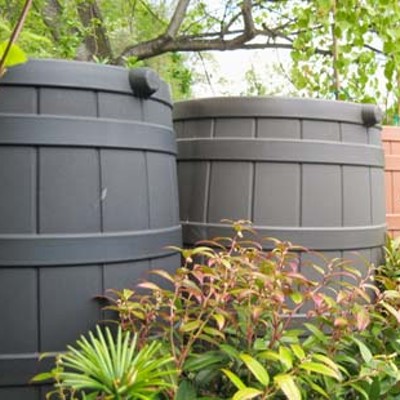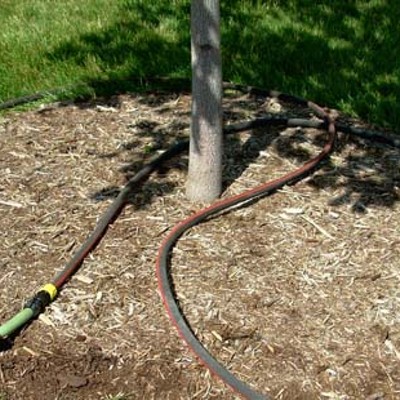A good place to start reducing your carbon footprint is at home. If you make a few tracks around the house in areas you rarely tread, you might be surprised at what you find and how much you can save on your heating bill this winter. Hidden openings could be bleeding warm air from your home on the coldest days. While conducting energy audits for CWLP, energy expert Scott Hanauer says he often comes across residents who complain about one room being particularly cold in winter, only to find that the upper window of a sliding double-hung has been left slightly open.
Adding insulation and replacing inefficient furnaces and water heaters offer big savings, especially with incentives from CWLP and Ameren covering a portion of the cost. But there are many ways homeowners can slash heating bills without a large investment. In fact, Ameren Illinois spokesman Leigh Morris says sealing air leaks in the house and furnace ducts can bring the most savings. “There’s a big payoff on that,” he says.
The Green Building Advisor website estimates that one third of the energy homeowners pay for is lost through holes in the house. The obvious spots for potential leaks are around doors and windows. Even if you already have weatherstripping there, it’s a good idea to make sure it’s still sealing after the recent hot, dry summer. To check a door, Hanauer closes it on a sunny day and watches the latch-side of the door to see that it goes completely dark when it is shut all the way.
The wood trim around doors and windows should be caulked to seal any leaks between the trim and drywall that can let cold air pass. Cracks in the foundation should be caulked as well, along with the joint between house and foundation.
The areas homeowners often neglect are where pipes and wires enter and exit the house. Hanauer recommends stuffing fiberglass insulation or spray foam into the holes around plumbing pipes, gas lines, electrical wiring and the plumbing vent stack where they pass into the basement or crawl space, as well as into the house from the basement, crawl space or outside.
Vents from crawl spaces to the outside should be sealed as tightly as possible in winter as well. If they aren’t sealing properly, Hanauer says cutting a piece of styrofoam slightly bigger than the opening and squeezing it into the opening from the inside is one remedy. Another is attaching a piece of wood with two screws over the opening from the outside.
Fireplace dampers should be closed when not in use, and dryer vents should be checked to make sure lint isn’t holding the vent flapper open. “Especially if they leave the dryer door open, that’s just a straight shot for air to blow in,” Hanauer points out. Keeping the lint cleared from the vent will also save energy by improving dryer operation.
Likewise it’s important to change your furnace filter before winter. “If it’s impeding the air flow, you’re going to lose a lot of heat in a gas furnace up the chimney,” Hanauer says. “And it’s not good for the furnace either. It will make the furnace run real hot.” He recommends checking the filter monthly and changing it when dirty.
An easy winterizing job if you have a furnace in your basement is to insulate your band joists, the boards resting on the foundation around the perimeter of the house. A lot of heat can escape through these two-inch-thick boards since they and the siding are all that separates the basement from the outside. Unlike the walls of your home, they are easily accessible for attaching a layer of insulation – six inches of fiberglass or three to five inches of rigid foam board or spray foam.
The best way to evaluate the tightness of your house and to locate leaks is to do a blower door test, which CWLP does as part of a $25 home energy audit. That’s a good deal, considering commercial tests cost about $250, and the $25 is rebated if the customer invests in any of the recommended improvements within a year. In a blower door test, a large fan is fitted into an outer door of the house. As the fan blows air out, air is sucked into the house through any openings or leaks. Pressure gauges indicate the amount of leakage throughout the house, and the auditor goes around the house showing the homeowner where air is coming in. “It’s one thing to tell people they’ve got a crack, and it’s another to let them feel the air coming in with the blower door running,” Hanauer says.
Ameren Illinois offers a $50 energy audit that locates leaks with an infrared sensor rather than a blower door test. Both audits evaluate the home’s overall energy efficiency, including insulation levels, and they supply customers with energy-saving products, such as compact fluorescent light bulbs. Customers who get their heating from Ameren can receive a discount up to $5,400 off the cost of insulation and air sealing if they use an Ameren-approved contractor. CWLP will rebate 30 percent of the cost of adding insulation to an existing home, up to $1,000. Both utilities offer various rebates for installing energy-efficient furnaces, heat pumps or geothermal units.
Whatever measures you take before winter, make sure all your windows are closed and locked tightly.
Karen Fitzgerald, a writer in Pleasant Plains, can be contacted at [email protected]. Read her blog at http://springfieldskinny.wordpress.com/.
For more information on CWLP and Ameren Illinois incentives, go to:
http://www.actonenergy.com/for-my-home/explore-incentives/home-energy-performance
http://www.actonenergy.com/for-my-home/explore-incentives/new-heating-air-conditioning-equipment
http://www.cwlp.com/energy_services/ESO_services_programs/insulation_rebate.htm
http://www.cwlp.com/energy_services/ESO_services_programs/hp_reb.htm

